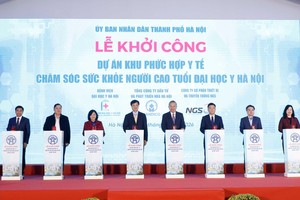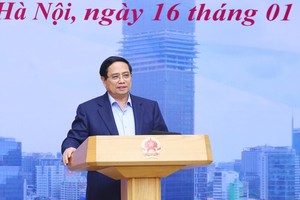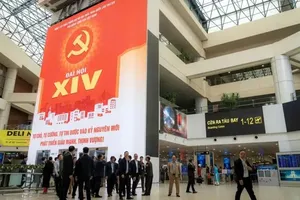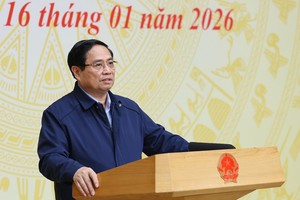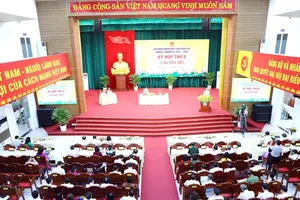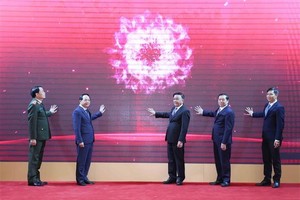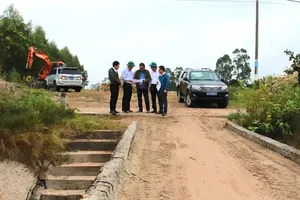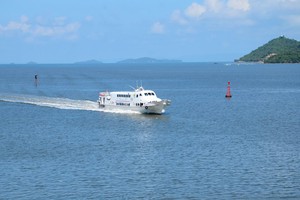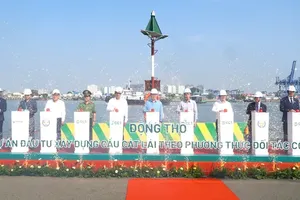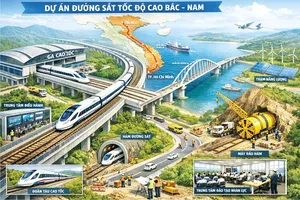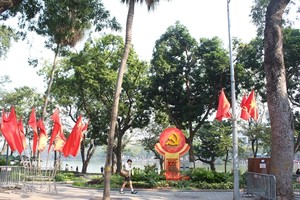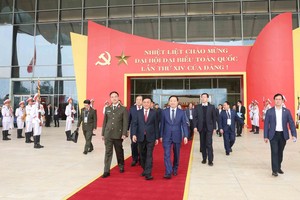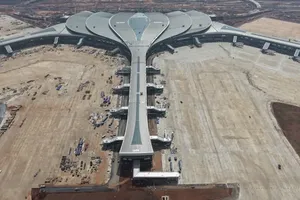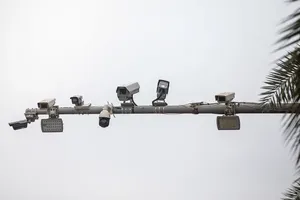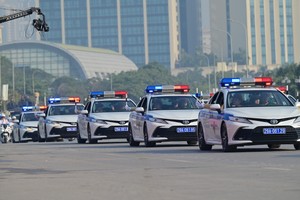Numerous concerns have been raised regarding the pricing of imported wind power and the necessity of such imports, especially when Vietnam has untapped wind energy potential domestically.
EVN has stated that the import of electricity from Laos to Vietnam in 2025 is intended to bolster the capacity for ensuring a reliable power supply and mitigating the risk of power shortages in the Northern region.
Presently, all domestically invested wind power projects are focused in the Central and Southern regions, with no wind power projects in the Northern region, while the necessity to augment power supply in the Northern region is urgent.
According to the calculations by the National Load Dispatch Center, the power connection plan to the 220kV Do Luong substation in Nghe An Province is anticipated to alleviate the power capacity strain from the Truong Son Wind Power Plant in Laos. The investor has committed to a fixed rate for the imported wind power from Laos to Vietnam, standing at 6.95 cents per kWh (equivalent to VND1,700 per kWh).
This pricing is significantly more competitive compared to domestic wind power sources that were officially in commercial operation before November 1, 2021, when EVN procured electricity at a rate of 9.8 cents per kWh (over VND2,380 per kWh). It is important to note that this rate was part of a Feed-in Tariff (FIT) program with a 20-year duration. In contrast, when comparing it to recent domestically mobilized transitional wind power sources (no longer eligible for FIT) at a rate of VND1,587 per kWh, it becomes clear that the imported electricity from Laos carries a higher cost.
The importation of wind power from Laos also serves as a testament to the agreements forged between the two nations. In line with the National Power Development Plan VIII, Vietnam has set its sights on importing roughly 5,000MW from Laos by 2030, with the possibility of raising it to 8,000MW. By 2050, the import is projected to surge to about 11,000MW, resulting in a power generation of 37 billion kWh of electricity.
However, the most crucial aspect is that the imported electricity from Laos is more competitively priced than domestically produced wind power. Therefore, the decision to import is deemed normal in the current scenario where EVN is facing financial losses. In the competitive electricity market, this strategy appears entirely justified.
While endorsing the strategy of importing wind power from Laos, some economic experts maintain that EVN should meticulously assess and harmonize electricity procurements from domestically invested wind power projects in Vietnam if these projects adhere to all legal documentation requirements as per regulations and cater to the electricity consumption requirements of the system.
